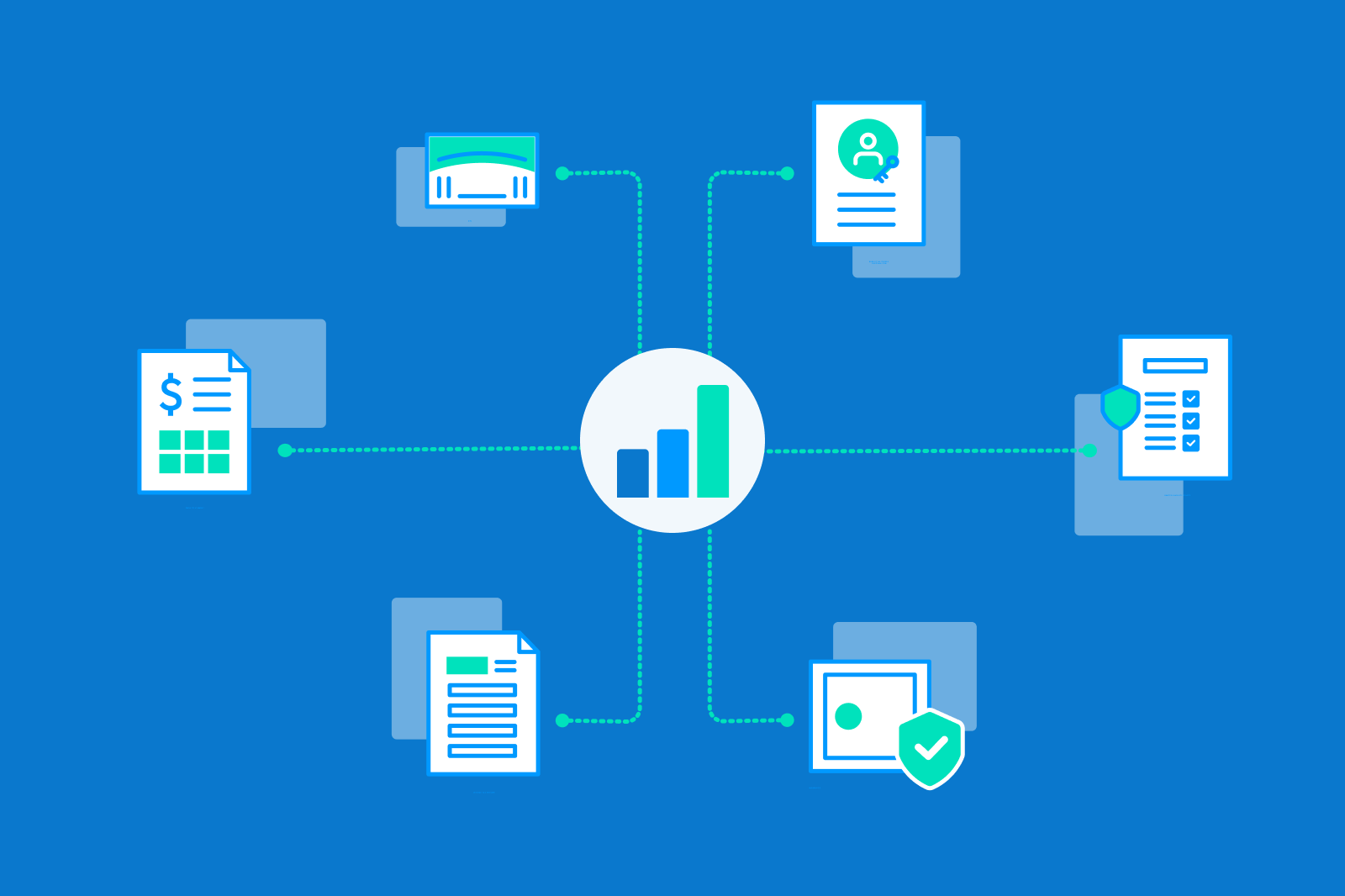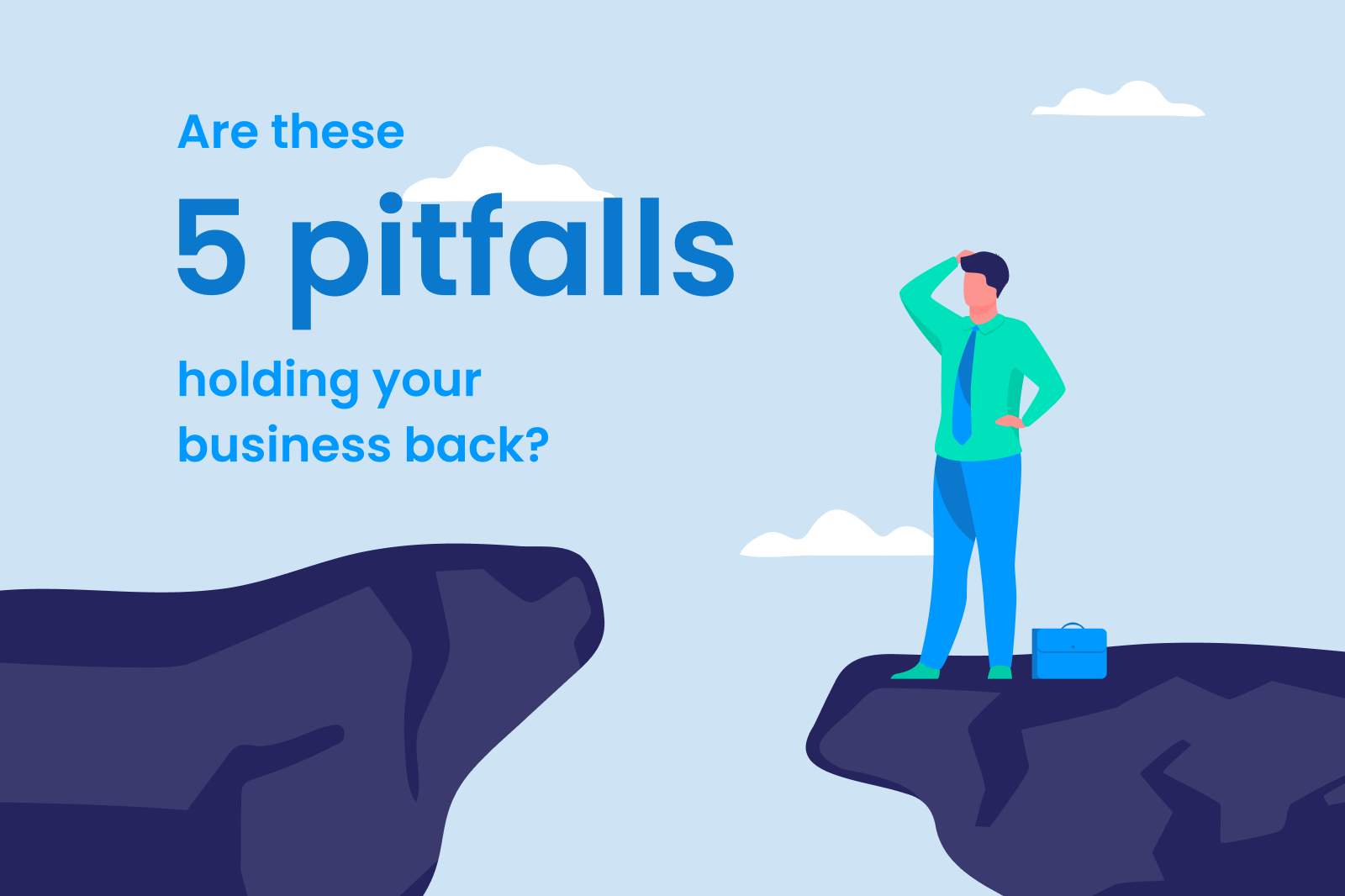Anyone who has a business today has heard the term “building your business.” It’s a crucial part of any company, which applies to small businesses as much as huge enterprises.
Part of building a business is determining what the brand should look like, how it should make people feel, and whether it will appeal to your target audience.
There are many moving parts when building your business as a small business owner. You’ll likely run into many questions as you consider what you are offering in terms of products and services and what consumers are the most crucial for you to reach.
One thing that you may not have thought about is how your small business information can be a crucial aspect of building your business. It seems pretty dull when you think about basic information, like the company name, address, and list of managers. However, small business information is more than meets the eye.
The five basic steps to building a business

Depending on who you ask, some will say the process of building a business takes only a couple of steps, while others might list dozens of steps. For our purposes, we’re going to share the five basic steps that go into building a business from the ground floor up. We’ll also delve into how small business information can help at many junctures of the process.
- Find a need in the market and make that a business opportunity
We live in an imperfect world, and that will never change. This is a boon for small business owners because there are all sorts of needs that you can satisfy. Some needs are entirely unsatisfied, others may only be partially satisfied, and some could use a new product or service for better satisfaction.
As someone who wishes to build a small business, the first step is finding a need in the market. Once you encounter it, it’s up to you to turn that into a business opportunity.
So, keep your eyes open and look for things you can reinvent, transform, change, improve, or fix. This will give you the chance to build a business.
2. Handle the initial market research
Next up, research is required. You want to consider which services or products you want to offer and what kinds of people will use them. Consider how often they’ll use what you make and mull over what benefits you can provide with the product or service.
You might find that similar items already exist on the market. In that case, you want to consider how your offerings will be different and better than your competitors.
Think about the best way to reach customers and what kind of marketing is right. Consider what you’ll spend on marketing and who will be making the decision to buy.
All of these things fall under the umbrella of market research and are factors you need to consider. It might seem like a lot to think about, but when things come together, you’ll be glad you have these answers available.
3. Build a business plan
A business plan is essential for anyone starting a company. It’s also the last part of the planning stage. Business plans are composed of concrete action steps that will be used to improve upon past failures, monitor your achievements, and launch new opportunities.
As you create your business plan, you’ll provide answers about how much money you need while going into the venture. It will delve into who your partners will be and what your responsibilities will be composed of. Everything from your break-even point to your cash flow and who will work for you should be included in the business plan.
4. Get out there and start the business
Planning, analyzing, and daydreaming can all be useful, but you will never start a business unless you’re ready to sell. Dreaming can be fun and exciting, but it isn’t going to help you turn your ideas into reality. Dreams are useful and can create motivation to move forward, but they don’t pay the bills. It’s easy to dream but harder to move into action.
To build a business, you must be capable of transforming your dreams into reality. This means creating your startup and moving forward from that initial position.
5. Start selling
After you have the business ready to go, the final step is to start selling your products and services. But it also goes beyond selling. You want to keep selling more to the customers you identified earlier. Selling is the most crucial part of the process, especially for a small business startup.
How does business information help build a business?
We’ve talked about how you can start building a business, but we want to focus on how business information helps you as you move into the final steps. Small business information encompasses everything from contact information to financial data and management information. It’s highly useful for anyone who is creating a business.
There are several directories and websites that host information about small businesses, including Markaaz. Customers can reach those sites and gain insight into who you are, what you do, and how to get in touch with you. This is a great way to gain new customers, especially when you take the time to ensure all your business information is 100% accurate.
When you sign up for the Markaaz Dashboard, you can correct and update your public-facing business information, ensuring that your partners, potential clients, and customers can verify your business at a glance.
Gaining additional customers can help you build your business, but that isn’t the only way small business information can help with the vital aspects of becoming a successful company. Earlier, we discussed the importance of knowing the amount of money needed to start a business. Accurate business information can help here too.
For instance, let’s say you’re applying for a loan. One of the most essential things the lender will do is check your business and verify the information.
If they find that the information is inaccurate or differs when looking at unique sources, this can be a huge problem. It could result in not getting the funding you desire. The same applies to things like signing a rental agreement or getting business insurance.
The good news is that having accurate business information is easier than you might think. While one method is to go through every website to manually update information, there’s a simpler way available.
Accessing the Markaaz Dashboard free to update your information is quick and easy. All you need to do is provide accurate information, and the rest can be handled for you.
See how accurate your small business information is on our Small Biz Info Quiz.
Final thoughts
There are several steps involved with starting a business. However, building a business is something that continues even after you’ve done the research, penned a business plan, and even started selling products or services. Accurate small business information can be part of your strategy to become successful.
Whether you’re courting new customers, seeking out financing, looking into renting a physical building or signing up for insurance, accurate small business data will significantly impact your work results. This is why you need to prioritize this as you start your business and down the line as things change.
Manually updating information can be time-consuming and tedious, but services, such as Markaaz, are available to help you socialize those changes, so no hiccups arise when you work toward a brighter future.
See how correct your business information is here.




